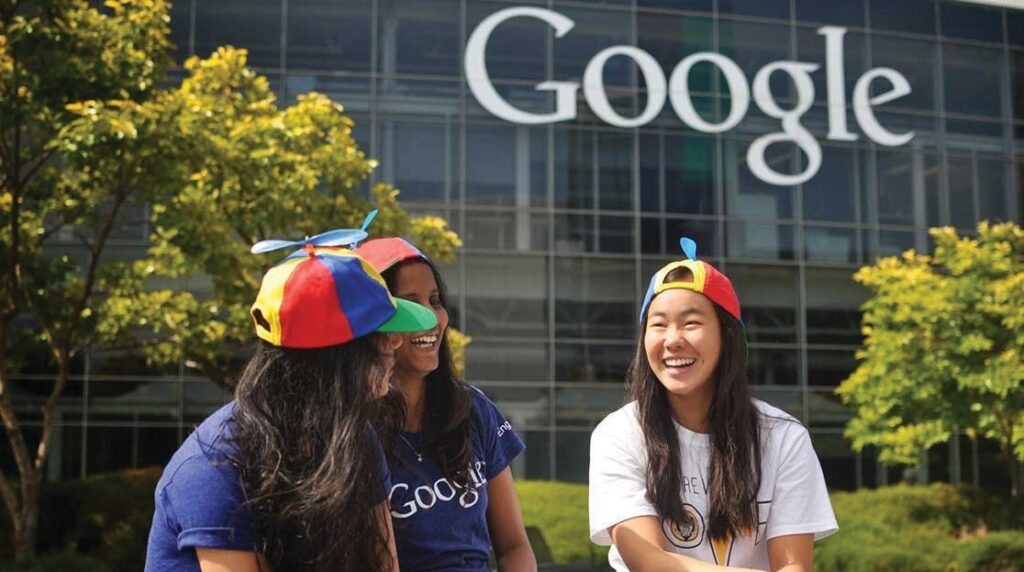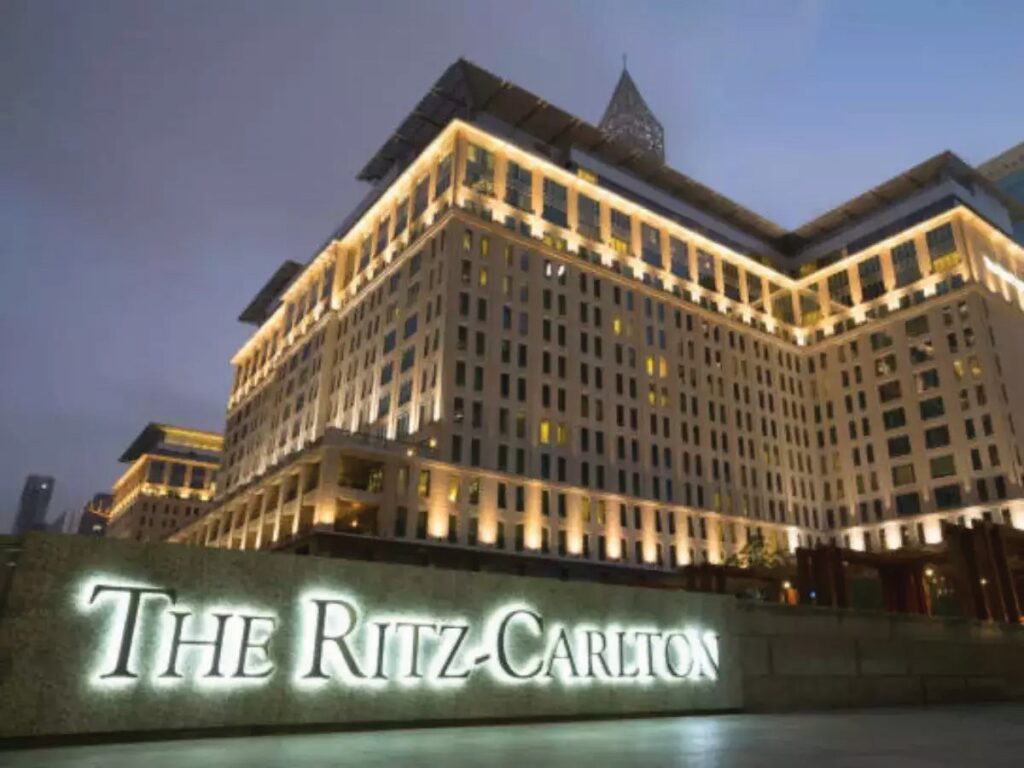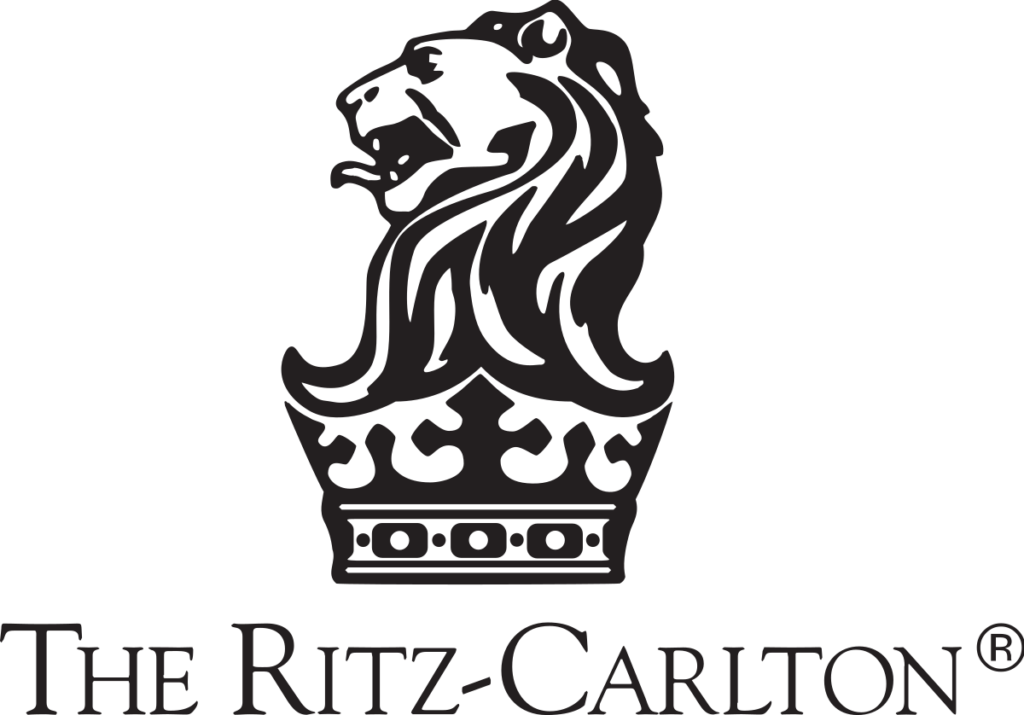HUMAN CAPITAL
A Competitive Edge
In the past, competition used to be a clear-cut duel between a business and its direct rivals. Today, the battleground is far more intricate. Traditionally, competitive advantages were viewed through the lens of rivals, but the modern perspective encompasses a broader spectrum. Here is a five-forces framework that unveils this complexity, identifying five key players wielding their influence:
Industry Competitors: Intense competition between existing players within the industry may lock them in a relentless price war.
- Bargaining power of buyers: If customers have many options or can easily switch between them, they gain bargaining power and can pressure businesses to lower prices or offer better terms.
- Bargaining power of suppliers: If suppliers have few alternatives, they can demand higher prices or reduce quality, squeezing the margins of businesses within the industry.
- Threat of new entrants: This force considers how easy or difficult it is for new companies to enter the industry. Factors like high capital requirements, complex regulations, or strong brand loyalty can act as barriers to entry, making the existing players more comfortable.
- Threat of substitutes: Innovative alternatives threaten market share. If close substitutes are readily available and offer similar value at lower prices, they can significantly limit the potential for profitability within the industry.
These five forces collectively define the fabric of competition as these impact profitability and demand constant adaptation. So, how does one rise above the fray? By analysing these five forces, businesses can gain valuable insights into the overall attractiveness of their industry and their competitive position. They can then use this information to formulate strategies to:
- Reduce competitive intensity: This could involve focusing on distinct market segments, entering into agreements with competitors to avoid price wars, or even collaborating with them on specific projects.
- Increase switching costs for customers: This could involve investing in offering excellent customer experience, building a relationship of trust, developing unique product features, or implementing loyalty programmes.
- Improve supplier relationships: This could involve diversifying suppliers, developing collaborative partnerships, or negotiating fairer and longer-term contracts.
- Raise barriers to entry: This could involve building brand loyalty, establishing strong distribution networks, or acquiring key resources.
- Develop differentiation: This could involve focusing on niche markets, innovating new products or services, focusing on meeting unmet or unrecognised emotional and spiritual needs of customers, or building a strong brand reputation and trust.
The Role Of Human Capital
The paradigm has shifted from viewing employees as mere resources to acknowledging them as ‘human capital.’ While both “human resources” and “human capital” describe a company’s workforce, usage nuances tell different stories. “Human resources” often conjures transactional images of recruitment and payroll, potentially objectifying employees.
Conversely, “human capital” implies a focus on employee skills and productivity, underscoring their strategic importance. Forward-thinking leaders prefer “human capital” to move beyond these limitations; since it emphasises nurturing employee potential and fostering an environment where talent thrives, creating a win-win for both the employee and the organisation. Businesses that understand this and align their strategies to harness the full potential of their people are the ones poised for long-term success. Let’s look at a very contemporary to understand how the organisation has effectively utilised their human capital to gain a competitive edge. The company in question is the most used search engine in the world. A business that was founded barely 25 years ago (in 1998) by young entrepreneurs who were both PhD students at Stanford University at the time.
Companies will have to necessarily leverage their human capital to dominate in their respective fields.
Businesses that align its strategies to harness the potential of its people are the ones poised for long-term success.
Human Capital at Google

Google is known for having a unique and innovative organisational culture that has helped to shape the company into one of the most successful and well-respected tech companies in the world. Some key elements of Google’s organisational culture include:
- Innovation: Google is dedicated to pushing the boundaries of technology and promoting innovation. The company encourages its employees to think creatively and to experiment with new ideas and technologies.
- Collaboration: Google has a strong focus on collaboration and teamwork. The company’s open office design and diverse range of teams and projects help to foster a sense of community and collaboration among employees.
- Employee autonomy: Google is famous for its hands-off management style, which provides employees with significant autonomy and the ability to make decisions. This helps to create a dynamic and fast-paced work environment where employees feel empowered and engaged.
- Work-life balance: Google is known for promoting a healthy work-life balance, with perks such as flexible schedules, on-site gyms, and free meals. The company’s culture emphasises the importance of taking care of one’s well-being and achieving a balance between work and personal life.
Overall, Google’s organisational has resulted in groundbreaking products like Gmail, Google Maps, and numerous others, showcasing how nurturing human capital can drive innovation and sustain a competitive advantage.
Google has proven that investing in human capital, nurturing a conducive work environment, and prioritising employee satisfaction can yield a competitive edge that transcends product offerings or market position.
Maximising Human Capital Impact
Remember, customer experience is a journey, not a destination. Positive pivotal moments (critical moments during a customer’s journey with your brand that have a significant impact on their overall perception and future behaviour) leave a lasting impression and foster emotional connections with brands. This translates to customer loyalty, repeat business, and even brand advocacy. Conversely, a negative experience might turn them away from a brand altogether.
Satisfied customers become vocal champions, spreading the word organically and attracting new customers. Loyal customers tend to spend more and stay with you longer. By investing in their experiences and emotions, businesses can thus nurture these relationships and maximise customer lifetime value. Focusing on pivotal points ensures that a business is not only meeting customer expectations but also exceeding them at every opportunity, leading to long-term loyalty and success.

Emotional flexibility empowers humans (staff) to handle dynamic situations and personalise approaches for fellow humans - a quality that can be strategically deployed to tackle challenges and transform pivotal moments into customer wins. This makes human capital crucial for connecting with and maximising key touchpoints in the customer journey.
By investing in their experiences, businesses can nurture relationships and maximise customer lifetime value. Focusing on pivotal points ensures a
business is not only meeting customer expectations but also exceeding them at every opportunity.
Emphatic, knowledgeable and empowered employees can navigate pivotal moments like resolving complaints, exceeding expectations and providing personalised solutions.
Their skills and dedication directly impact customer perception and satisfaction.
Role Of Human Capital In Customer Experience
Human intelligence and emotional agility can be utilised to generate stellar customer experience. We shall see how:
- Delivering Exceptional Service: Empathetic, knowledgeable, and empowered employees can navigate pivotal moments like resolving complaints, exceeding expectations, and providing personalised solutions. Their skills and dedication directly impact customer perception and satisfaction.
- Identifying Friction Points: Frontline employees are often the
- first to witness customer frustrations and pain points. Their feedback and insights are crucial for identifying pivotal moments where the CX needs improvement.
- Creating Moments of Delight: Human interaction often adds a memorable and emotional touch to customer experiences. By going the extra mile, like offering a handwritten note or recommending a hidden gem, employees can transform ordinary interactions into pivotal moments of delight.
- Building Trust and Relationships: Genuine interactions and personalised connections fostered by human capital build trust and loyalty. This is especially important during critical moments, as customers are more receptive to solutions and feedback from individuals they trust.

Ritz-Carlton Turns Employee Into Customer Hero
Ritz-Carlton, a United States-based multinational business that operates a luxury hotel chain of 108 luxury hotels and resorts in 30 countries, empowers its employees to spend up to $2,000 to resolve any customer issue immediately, creating legendary moments of service and brand loyalty. While Ritz-Carlton grants every employee a set per-guest budget for service recovery, the brand argues it’s cheaper than it is widely believed.

Most people assume such generosity is unaffordable for their businesses. However, Ritz- Carlton reveals that its employees rarely use the full amount, making the actual cost surprisingly low.
The true value, according to the luxury hotel chain, lies in investing in empowering staff to make independent decisions, build trust, and create memorable experiences – a benefit far outweighing the financial outlay. Downplaying the hefty budget, Ritz-Carlton argues that their secret weapon is the trust and empowerment of their people.
While each Ritz-Carlton staff member knows they have a generous budget at their disposal, it is their resourcefulness that often leads to swift resolutions and memorable experiences without breaking the bank.
The autonomy at Ritz-Carlton that every employee, regardless of rank, has the power to instantly resolve guest issues or elevate experiences with a dedicated budget creates a sense of purpose, fosters quick decision-making, and builds lasting guest relationships.
However, not every business on earth would have a $2,000 per-incident budget for service recovery, simply because not every business would have the customer lifetime value of a Ritz-Carlton customer - which is a quarter million dollars. Therefore, while Ritz-Carlton’s $2,000 gesture of customer empowerment may not be universally applicable, its core principle of relationship over transactions holds valuable lessons. Businesses on any budget can foster customer loyalty through
personalisation, proactive communication, and meaningful experiences.
This requires empowering and training employees to become the face of exceptional service, building trust and advocacy through genuine effort, not extravagant spending.
The moral from the above is that by focusing on personalisation, communication, and fostering meaningful experiences, you can turn your customers into loyal advocates, even without a Ritz-Carlton-sized budget. It, however, implies a significant role in the human capital of the organisation transforming customers into loyal advocates - underscoring the need to empower and train employees to solve customer issues in real-time.
Conclusion
To secure a lasting competitive edge, businesses will need to raise impenetrable walls, cultivate unique identities, forge ironclad supplier relationships, secure unwavering customer loyalty, and navigate the competitive minefield with precision. Human capital, however, will be the ultimate differentiator for companies seeking to dominate their fields.
The unique human ability to navigate emotional nuances empowers staff to handle dynamic situations with agility and tailor their approach to each customer, transforming pivotal moments into winning experiences.
This singular strategic flexibility makes human capital crucial for forging connections and maximising impact at key touchpoints in the customer journey.
In essence, in today’s cut-throat competition, human capital has emerged as the linchpin of sustainable advantage. Your employees are not mere cogs in the machine; they are the lifeblood. This is where the term “human capital” shines, emphasising the inherent value and potential of your workforce.
The human capital of a business is of strategic importance – people aren’t just resources to be managed, but partners in driving growth and innovation. Businesses that understand this and align their strategies to harness the full potential of their people are the ones poised for long-term success.
INDUSTRIAL HAPPENINGS
Interim Budget On February 1
Finance Minister Nirmala Sitharaman will present the Interim Budget for the financial year 2024-25 (FY25) on February 1, marking the second Interim Budget presentation by the
Bharatiya Janata Party (BJP)-led government. The Union Budget for the financial year 2023-24 laid a special emphasis on development in India’s agricultural sector and the welfare of farmers in the country. Sitharaman spoke on the importance of food production, free food schemes, subsidies, and income support to farmers. In the 2023 budget speech, FM Sitharaman also announced that a cash transfer of Rs 2.2 trillion had been made to more than 114 million farmers in the previous financial year (FY22) under the Pradhan Mantri (PM) Kisan Samman Nidhi.
SMEs Expect Package In Budget
The MSME sector wants Finance Minister Nirmala Sitharaman to come out with a special package for small and medium enterprises to ensure greater availability of institutional credit at competitive rates to enable it to play a bigger role as India moves closer to becoming a USD 5 trillion economy. This will be the last major economic document of the government before the next general elections. The share of MSME (Micro, Small & Medium Enterprises) sector in the country’s Gross Domestic Product (GDP) in 2021-22 was 29.15 per cent. On expectations from the Budget, Federation of Indian Micro and Small & Medium Enterprises (FISME) said the relationship between banks and MSME is
an uneven one with the balance of power heavily tilted in favour of the lenders. The share of export of MSME-specified products in the country’s overall exports was 45.56 per cent in 2023-24 (up to September 2023), up from 43.59 per cent in 2022-23.
RBI Asks Ombudsmen To Guide REs
The Reserve Bank of India’s Deputy Governor, Swaminathan J, has asked the regulated entities’ internal Ombudsmen to proactively guide
them in addressing recurring complaints of customers, the regulator said in a press statement on Tuesday. “He called upon the Internal Ombudsmen to provide valuable inputs for enhancing internal systems and processes as well as to proactively guide the regulated entity in taking remedial measures to address recurring complaints,” the RBI said following a conference of Internal Ombudsmen of select Regulated Entities. Swaminathan also outlined the RBI’s expectations from the Board/Top Management of the regulated entities by emphasising that a well- functioning Internal Ombudsman mechanism is beneficial for all stakeholders.
Satya Nadella To Visit India
Microsoft Corp’s Chief Executive Officer Satya Nadella will be coming to India on February 7 and 8 as part of his annual visit to the country with the key theme for 2024 set as Artificial Intelligence (AI) and its opportunities. In
an internal email a few weeks ago, Puneet Chandok, Microsoft India and South Asia’s President, said that Nadella’s visit reinforces Microsoft’s commitment to applying technology to expand opportunities in the country. “AI
is playing a game-changing role in shaping ‘India’s Techade’ and will make India and South Asia one of the most exciting markets for technology,” the email said.
India’s Green Energy Cap Up 138%
India has made big strides in the green energy sector over the last decade with renewable power constituting 43% of the total installed power capacity in 2022-23, up from 31% in 2014-15, data from the Central Electricity Authority showed.
The total renewable energy installed capacity has reached 180 gigawatt (GW) in 2023 against
75.5 GW in 2014, as per data. The percentage of fossil fuel-based power has reduced to 57% from 69% in 2014-15. The government has now set a target to triple its renewable energy share to 500 GW by 2030, aiming to add 50 GW of renewable energy capacity every year. The interregional transmission capacity added during 2017-22 (up to March 31, 2022) was 37,200 MW. As of March 2023, the inter-regional transmission capacity in the country was 112,250 MW, data from CEA’s annual report showed.
